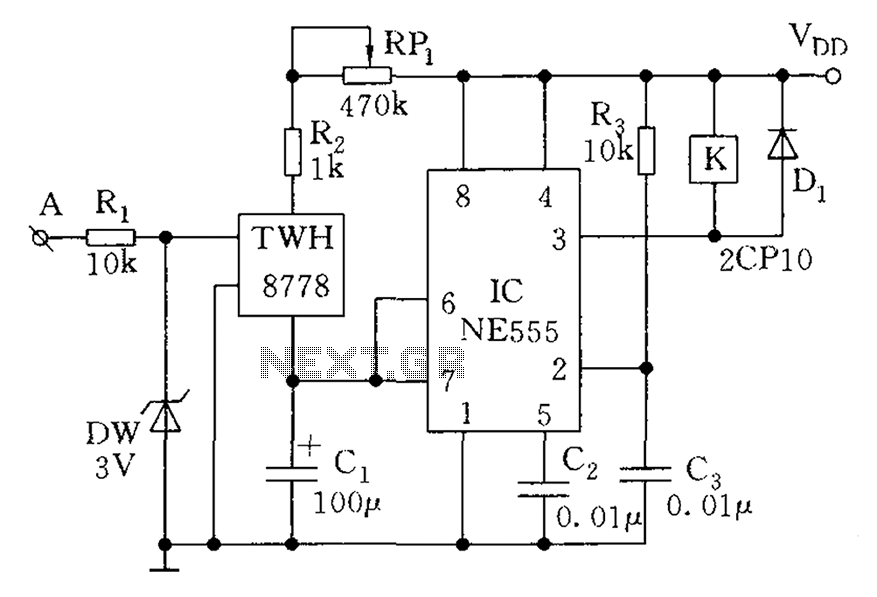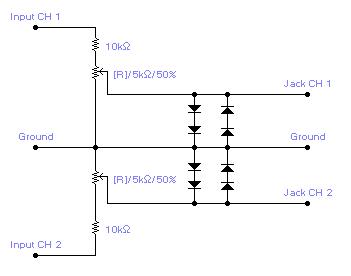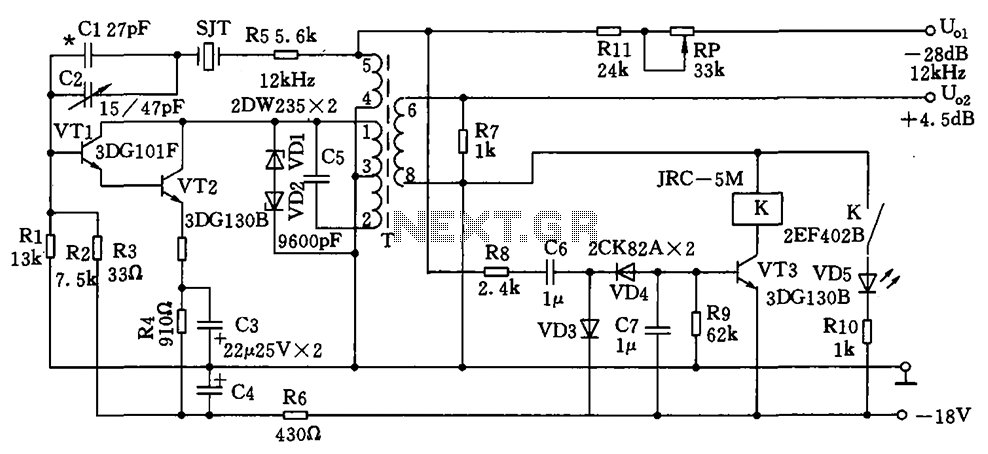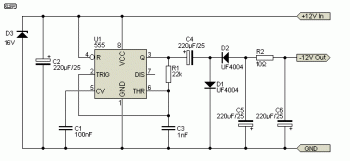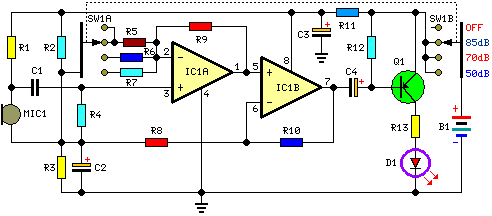
PC FM Radio Circuit
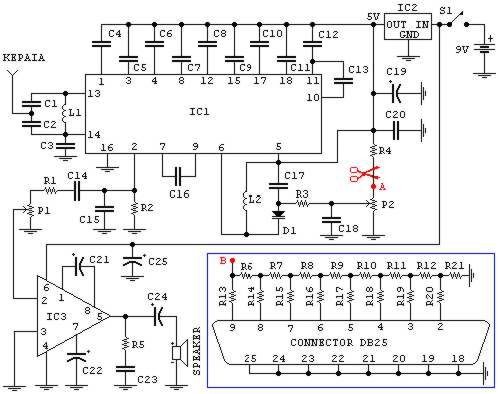
If familiar with programming languages such as C++, PASCAL, VISUAL BASIC, or DELPHI, it is possible to write a program that sends numbers from 0 to 255 through the parallel port (378 I) of a PC. This process checks the output of a simple D/A converter (located in a blue frame) and consequently adjusts the frequency of a radio signal via a VARICAP.
To implement this system, the parallel port of the PC can be utilized to control the D/A converter, which translates digital signals into corresponding analog voltages. The program, written in one of the aforementioned programming languages, will iterate through a range of values from 0 to 255. Each value corresponds to a specific voltage output from the D/A converter.
The D/A converter's output is connected to a VARICAP diode, which is a type of variable capacitance diode. The capacitance of the VARICAP varies with the voltage applied across it, thus allowing control over the resonant frequency of an LC circuit in which it is integrated. By systematically changing the output voltage from the D/A converter, the program can effectively manipulate the frequency of the radio signal generated.
The parallel port communication involves setting the appropriate control and data lines to send the desired digital values. The program should ensure proper timing and synchronization with the D/A converter to achieve accurate voltage levels. Additionally, it may be necessary to implement error-checking mechanisms to handle any potential communication issues.
In summary, this setup combines programming, digital-to-analog conversion, and radio frequency modulation to create a versatile system capable of generating a range of frequencies based on user-defined inputs.If you know some language of programming as C +, PASCAL, VISUAL BASIC, DELPHI etc you can write a program which will send in the parallel door (378 I) of PC a number from 0 until 255 checking thus the tendency of expense of simple D/A of converter (that it is in blue frame) and consequently and frequency of radio via passage VARICAP. 🔗 External reference
To implement this system, the parallel port of the PC can be utilized to control the D/A converter, which translates digital signals into corresponding analog voltages. The program, written in one of the aforementioned programming languages, will iterate through a range of values from 0 to 255. Each value corresponds to a specific voltage output from the D/A converter.
The D/A converter's output is connected to a VARICAP diode, which is a type of variable capacitance diode. The capacitance of the VARICAP varies with the voltage applied across it, thus allowing control over the resonant frequency of an LC circuit in which it is integrated. By systematically changing the output voltage from the D/A converter, the program can effectively manipulate the frequency of the radio signal generated.
The parallel port communication involves setting the appropriate control and data lines to send the desired digital values. The program should ensure proper timing and synchronization with the D/A converter to achieve accurate voltage levels. Additionally, it may be necessary to implement error-checking mechanisms to handle any potential communication issues.
In summary, this setup combines programming, digital-to-analog conversion, and radio frequency modulation to create a versatile system capable of generating a range of frequencies based on user-defined inputs.If you know some language of programming as C +, PASCAL, VISUAL BASIC, DELPHI etc you can write a program which will send in the parallel door (378 I) of PC a number from 0 until 255 checking thus the tendency of expense of simple D/A of converter (that it is in blue frame) and consequently and frequency of radio via passage VARICAP. 🔗 External reference
